Introduction
In today’s digital marketing landscape, there are hidden tactics and strategies that aren’t always transparent to the average consumer. Some of these methods are intricate and operate behind the scenes
What are these?
Enter the world of “Dark Patterns” – cunning design and digital marketing strategies deliberately crafted to manipulate users into actions that might not align with their best interests. These deceptive tactics, often hidden in plain sight, have become an alarming trend in the digital marketing landscape, leading users down paths they might not have chosen willingly.
As consumers navigate the vast digital marketplace, they are often unaware of the subtle traps set by brands aiming to boost metrics, increase sales, or gather data. These dark patterns, while effective in the short term, raise significant ethical concerns and risk, eroding the very trust businesses seek to establish with their audience. As we delve deeper into this topic, we’ll uncover the various facets of these manipulative tactics and their implications in the world of digital marketing.
History and Origins
The phrase “dark pattern” was coined by UX specialist Harry Brignull in 2010. He was observing various tricks and traps found on websites and apps that manipulate users into doing things they didn’t intend. For example, using language and visuals to guide users to opt-in to services they didn’t necessarily want. He wanted to call out questionable practices that he noticed cropping up on websites and apps, from nudging users towards choosing specific options to making certain actions intentionally difficult. The power and influence that digital interfaces hold over user behavior and psychology make dark patterns a rising concern. Let’s explore several common types of dark patterns to understand how exactly they work.
Brignull wanted to shine a light on how certain design choices deliberately take advantage of human psychology for business interests. These practices trick users into purchases, sign-ups, and other actions that they would rather avoid if the process was more transparent.
As technology advanced rapidly in the 2000s, dark patterns began emerging across e-commerce, social media, and other digital domains. Their rise corresponds with the prioritization of growth, engagement, and other business metrics over user experience. Tech companies realized they could leverage cognitive biases and emotional triggers to boost desired metrics through deceptive design techniques.
For example, social media feeds evolved to psychologically hook users through ultra-personalized content and intermittent reinforcement. E-commerce sites now use countdown timers, purported limited inventory, and other tricks to instill urgency and fear of missing out.
While dark patterns took hold as “growth hacking”, they went largely unexamined until Brignull gave them a name and sparked discussion. With his influential 2010 blog post and interactive hall of shame, he wanted to ask important ethical questions about manipulation that had become status quo.
Deep Dive into Common Dark Patterns
What are some of the most insidious dark patterns and how does this work to manipulate users?
Trick Questions

Trick questions use confusing language to lead users towards selecting a specific choice. Double negatives, vague terminology, and obtuse phrasing intentionally obscure meaning.
For example, a sneaky popup may ask “Don’t you want to stay subscribed to our emails?” The wording primes you to click “Yes”, inadvertently opting-in when you meant to decline. Trick questions take advantage of cognitive biases and quick reading to misdirect.
Another example is registration forms with a checkbox for “I don’t want to receive promotional offers”. The double negative makes quickly checking the box actually opt you into more emails rather than out.
Sneak Into Basket
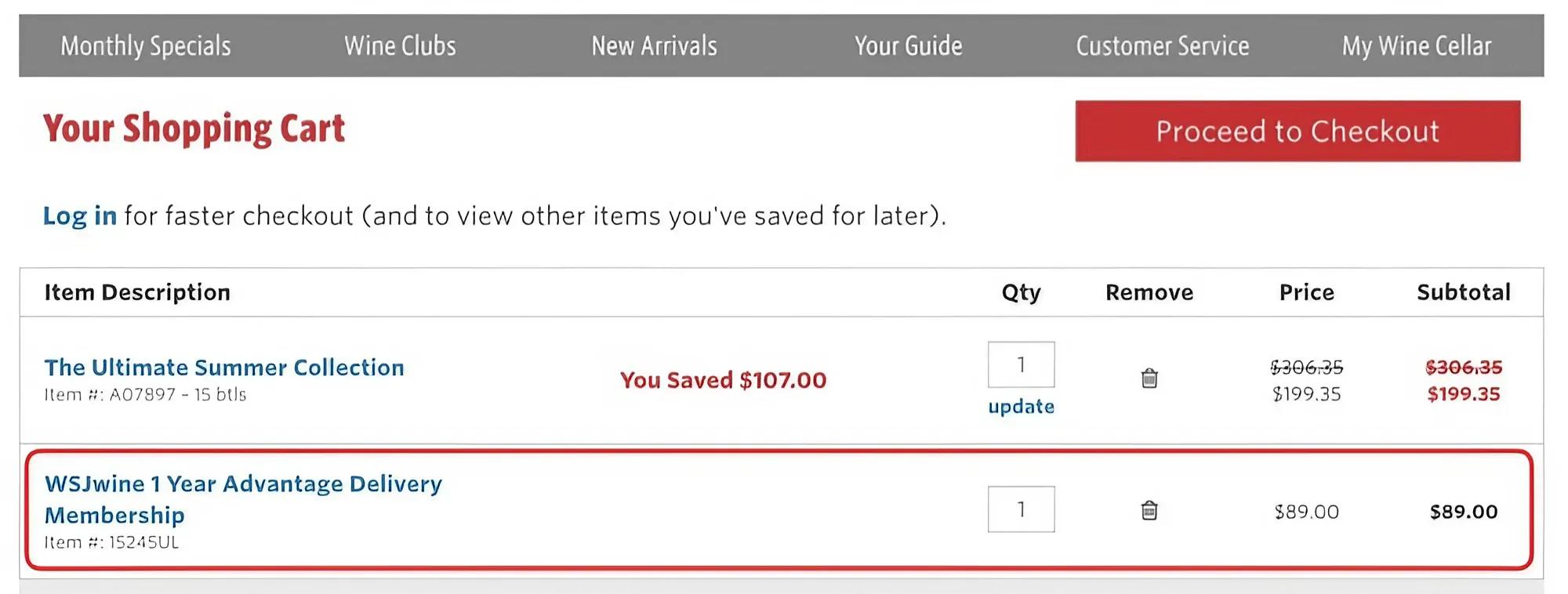
Certain sites sneak an additional item into your basket right before checkout, catching users off guard with suddenly higher charges. The assumption is that users will be less likely to remove items and abandon their cart at the very end of the purchase funnel.
These sneaky charges erode trust in the business by making users feel manipulated. Examples include trivial additions like an extended warranty or donation request on a checkout page.
Users have invested time choosing products and entering payment details, so the consistency bias kicks in. Even if they don’t want the upsell item, they feel compelled to complete the transaction.
Roach Motel
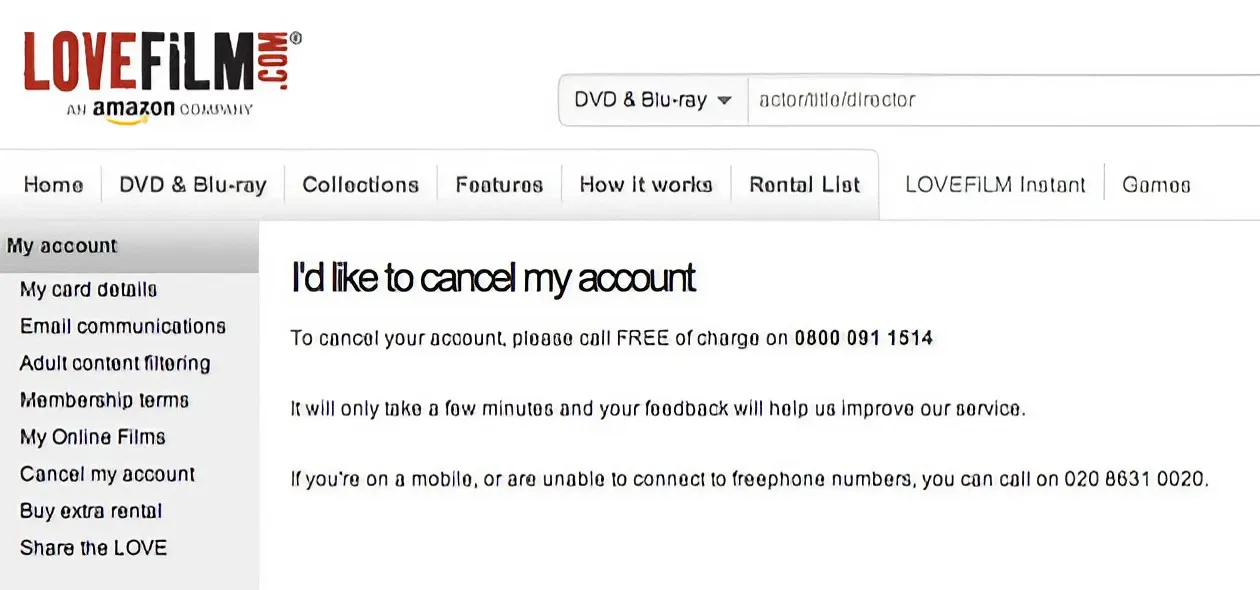
The “roach motel” makes it very easy for users to sign-up, subscribe, or otherwise opt-in, but then makes it extremely difficult to opt back out. Just like roaches checking into a motel but unable to check out, users get stuck in a loop of hurdles trying to unsubscribe.
For example, services may bury account cancellation options deep within settings or require calling a representative. Newsletters might omit unsubscribe links altogether, forcing users to dig around for the way out.
Roach motels take advantage of human inertia to retain customers. Even if people no longer want the service, convoluted cancellation deters them from actually leaving.
Misdirection
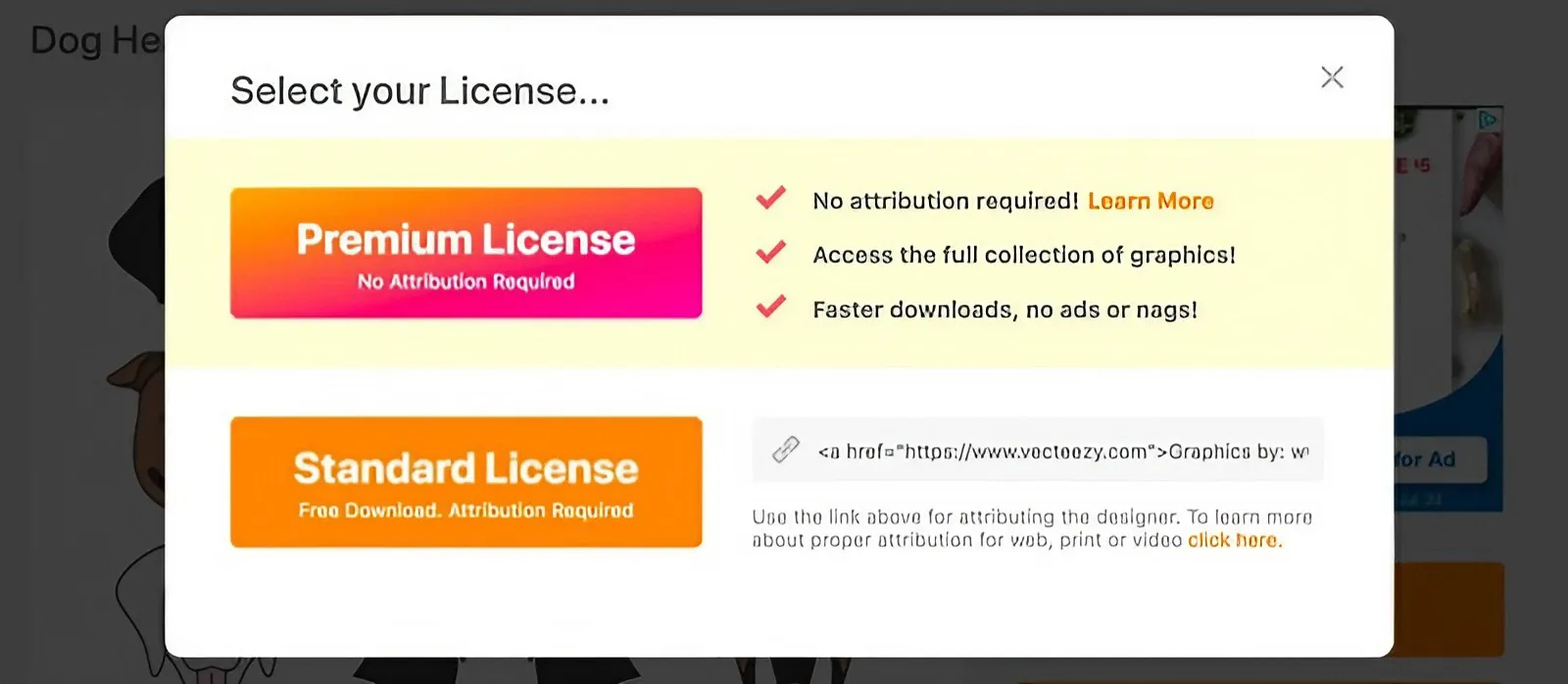
Misdirection uses visuals, content, or navigation to steer users away from seeing certain information or accessing specific features. For instance, distracting animations obscuring part of the screen, tiny grayed-out text, or important links way at the bottom in small font.
These intentional distractions focus attention away from things companies don’t want users to notice, like additional charges. Effective misdirection takes advantage of limited attention spans.
For example, flashy graphics make your eyes skip right over the tiny text revealing subscription terms and billing practices. Strong visual hierarchies direct focus towards calls-to-action for signing up or buying.
Hidden Costs
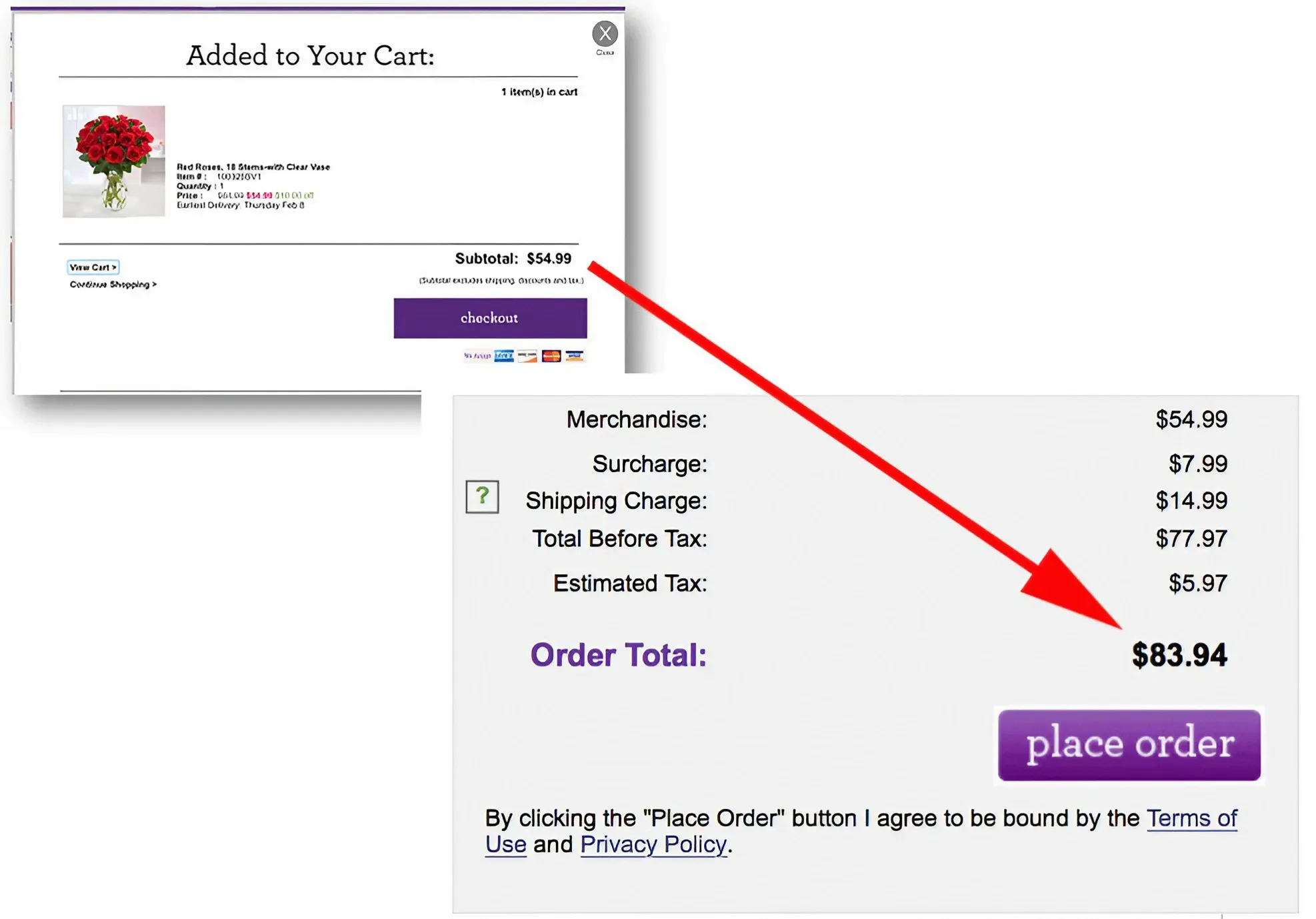
Hidden costs reveal additional charges very late in the purchase process, after users have already invested significant time and effort. This leverages the consistency bias, making users more likely to complete the transaction rather than “waste” the time spent.
For example, a site may wait until the final checkout screen to reveal shipping, service fees, and taxes, all adding substantially to the total. Dark patterns often hide real costs early in the funnel to portray lower prices.
Hidden costs also take advantage of the sunk cost fallacy. Users feel they’ve invested too much time already to abandon their cart, even if the final total angers them. This breeds resentment over time.
Bait and Switch
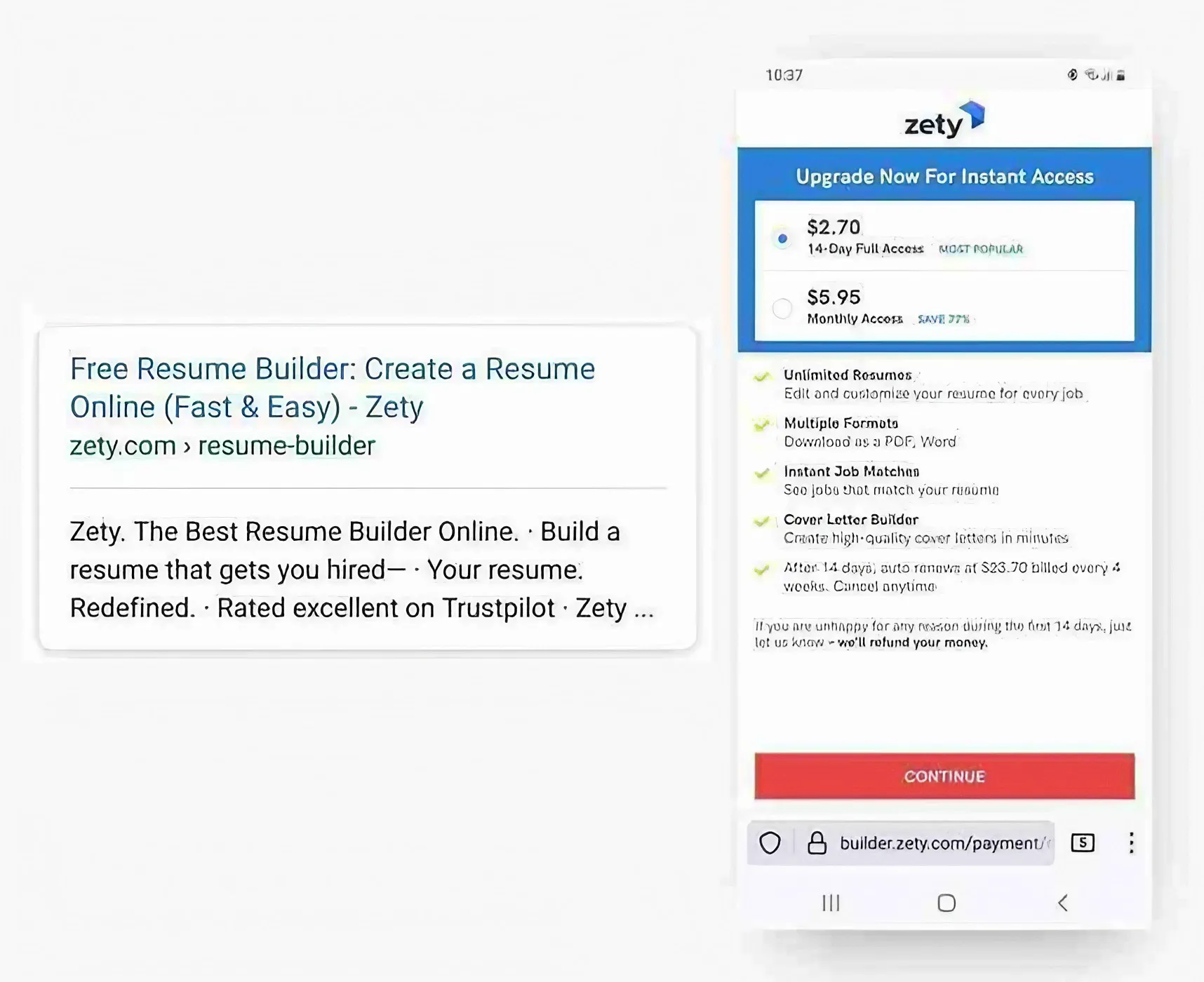
Bait and switch tactics lure users in with an appealing offer or low price…then reveal it’s unavailable once engaged. Instead, users get redirected to more expensive options.
A common example is cheap airline tickets that once clicked show as sold out or unavailable. The user gets hooked into purchasing a much higher priced ticket believing it’s the best remaining deal. This manipulation creates a false sense of urgency and fear of missing out.
Some sites even dynamically alter product prices based on browsing history, displaying higher costs to those perceived as wealthier. Users never realize they’re shown selective offers and pricing.
Confirmshaming
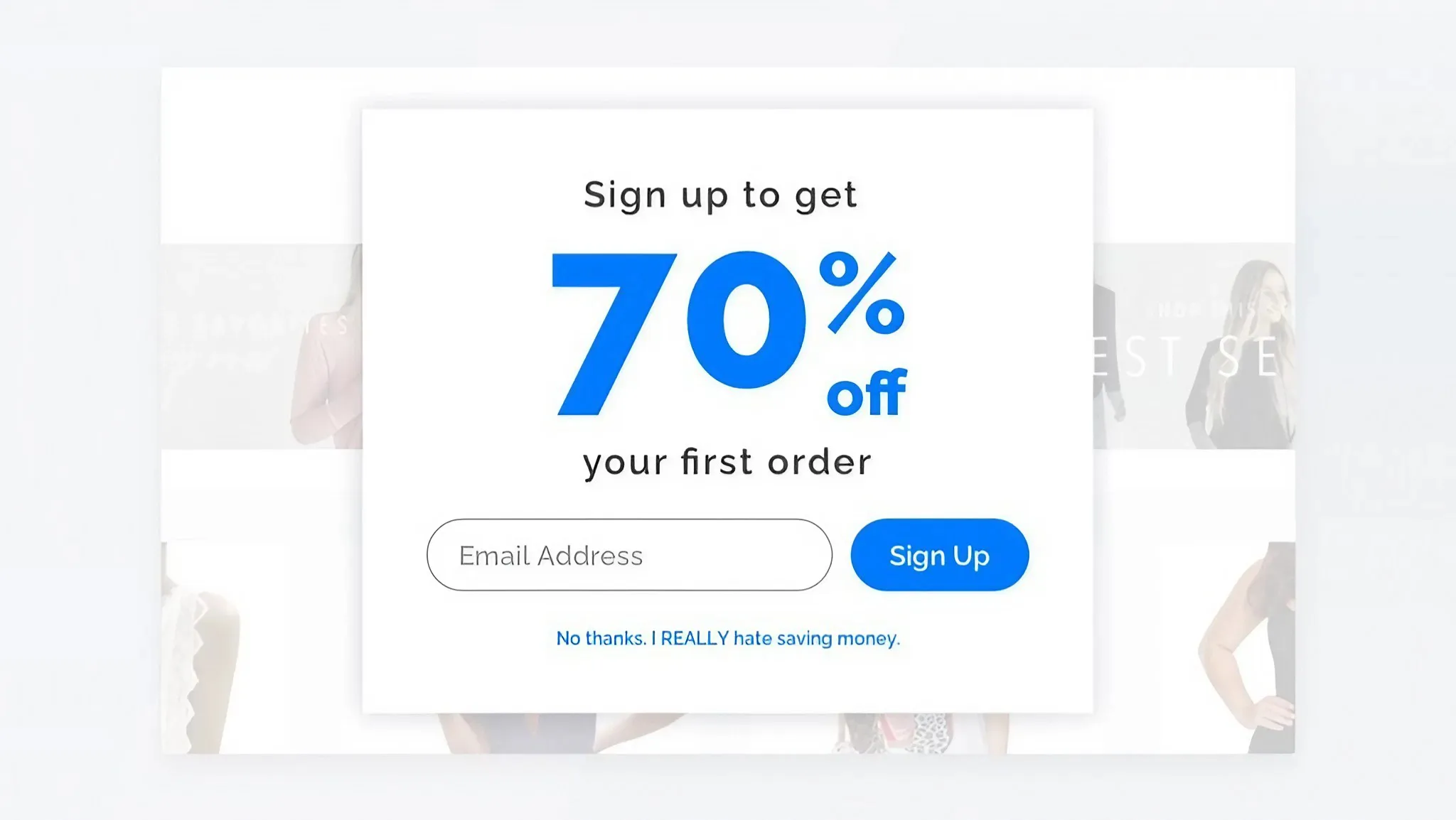
Confirmshaming uses accusatory language to guilt and shame users into taking an action. Witnessing words like “No thanks, I hate saving money” kicks in our instinct to avoid embarrassment and become compliant.
Sites may frame declining an offer, unsubscribing from emails, or not signing up for notifications as shameful. The power of social approval sways users against their actual preferences.
For example, a prominent “I don’t want to help this charity” option on a checkout page preys on our guilt. Even if we don’t want to donate, the phrasing makes us reluctant to “admit” we don’t want to help.
The Ethical Quandary
The prevalence of dark patterns across the digital landscape raises serious ethical questions. While proponents argue that these tactics simply encourage user engagement, in reality they erode consumer trust and take advantage of human psychology. Even if dark patterns increase short-term profits, the long-term brand reputation damage can be severe.
Here are some of the key ethical debates surrounding the use of dark patterns:
- Are some manipulations worse than others? The transparency spectrum ranges from utterly covert to slightly shady. However, all forms of deceit can undermine user faith in companies over time.
- Do businesses have a moral imperative to be fully upfront with customers, even if it means less revenue? Or are growth and profits justification enough in our capitalist system?
- Can small benefits like convenience or personalization outweigh subtle trickery? Dark patterns often provide some user value in exchange for the shady practices.
- Does attempting to influence behavior cross the line into unethical coercion? The power and sophistication of digital interfaces make psychological persuasion easier than ever.
- If a practice only works by restricting information and freedom of choice, can it be justified? Deception indicates the company believes users wouldn’t comply if given full transparency.
The widespread perspective is that dark patterns unethically deprive users of agency and choice. But actually, navigating ethical digital marketing in the digital age involves tricky nuances around transparency.
Legislation, Regulation, and the Fight Against Deception
In response to the rising usage of dark patterns, legislation and advocacy groups are taking action to protect consumers. Here are some of the developments in regulating shady practices:
- The General Data Protection Regulation (GDPR) in the EU prohibits designs that subversively steer users into sharing personal data or opting into services. Strict requirements mandate that consent must be explicit, not coerced through deceptive means.
- The US currently has no centralized regulation about dark patterns. However, the Federal Trade Commission (FTC) has the authority to penalize businesses for unfair or deceptive practices. Some advocates want expanded oversight focused specifically on manipulative designs.
- In 2022, California passed the California Privacy Rights Act, which expressly prohibits dark patterns in relation to data collection. More states seem likely to follow their own regulations.
- Consumer advocacy groups like Dark Patterns Tip Line and the Deceptive Experiences to Online Users Reduction (DETOUR) Act put pressure on regulators to take dark patterns seriously as a threat to transparency and fair competition.
- Activist groups also run public relations campaigns to shame companies using dark patterns. The resulting backlash often compels businesses to remove manipulative tactics.
It’s unlikely that dark patterns will be outlawed entirely any time soon. However, a combination of legislation, advocacy, and negative PR certainly makes companies consider very carefully whether deceit is worth the risk. Standards seem to be evolving, even if gradually.
The Business Perspective
From a business standpoint, the tradeoffs around dark patterns have nuance. Certain shady designs will likely increase short-term conversion rates, revenue, and other metrics. However, evidence shows this comes at a long-term cost of eroded customer trust and damage to brand reputation. Here are some key considerations:
- Case studies show that the temporary gains from dark patterns pale in comparison to loss of loyalty and public backlash over time. For example, users revolted when Uber included psychological manipulations in its app, overshadowing any uplift the tactics provided.
- On the other hand, examples like airlines illustrate businesses thriving for years despite “drip pricing” and other dark patterns. But consumer norms and patience around transparency are evolving. Younger users in particular have little tolerance for deceit.
- Research shows that brands focusing on long-term trust and mutually beneficial relationships avoid the ethical pitfalls of deceitful designs. They understand that trickery exacts a reputational toll over time as users grow wise and resentful.
- However, executives do face very real short-term growth pressures. Abandoning dark patterns may require sacrificing immediate metrics for longer-term gains in authenticity and integrity.
Ultimately, the evidence suggests that while dark patterns deliver temporary advantages, they undermine what builds resilient businesses: dedication to customers’ best interests and ability to adapt to cultural change.
Raising Awareness and Promoting Ethical Practices
The tide is beginning to turn against dark pattern ubiquity. Both users and businesses have an opportunity to reverse the normalization of manipulative designs. Here are some ways to promote positive change:
- Consumer advocacy campaigns help educate users on how to spot and avoid dark patterns. Simply recognizing their tactics makes them far less effective. Knowledge is power.
- Designers and developers can advocate for ethical practices internally. With enough critical mass, norms can shift away from deceit. Moral stand by tech companies themselves is key.
- Businesses should highlight ethical design as a brand differentiator. Those who avoid dark patterns will earn trust and loyalty over competitors who take shady shortcuts.
- Software teams can design proactively with transparency and user benefit in mind rather than growth above all else. This takes courage but pays dividends.
- Journalists and activists should continue calling out brands that use dark patterns to apply social pressure. Shining a spotlight discourages abuse.
- Academics can conduct more research on dark pattern effectiveness and harms. Evidence-based advocacy is more compelling and helps guide policy.
The solution starts with awareness and collective action from all stakeholders. Users, designers, developers, executives, press, and researchers together need to evolve perspective and practices to regain ethics in the digital realm.
Conclusion
Dark patterns are a rising threat in the technology landscape as their level of sophistication increases. However, consumer attitudes and norms seem to be shifting in favor of transparency. Through collective awareness, advocacy, and courage, we can stem the tide of manipulation that erodes public trust.
Businesses in particular are at an ethical crossroads as short-term thinking gives way to long-term vision. While dark patterns may drive temporary profits, authenticity and integrity will win sustainable competitive advantage. Prioritizing deceit and growth at all costs reflects outdated values. The digital future depends on ethical design, transparent digital marketing, and trustworthy interactions between brands and users.
By working together, we can counter the normalization of dark patterns with an evolution in both engineering ethics and consumer expectations. The companies that adapt will thrive, while laggards that uphold shady practices will steadily lose trust. With vigilance and moral leadership, we can restore transparency as a guiding light.
*Disclaimer: Image sourced from the Internet; images are for representational purposes only.
